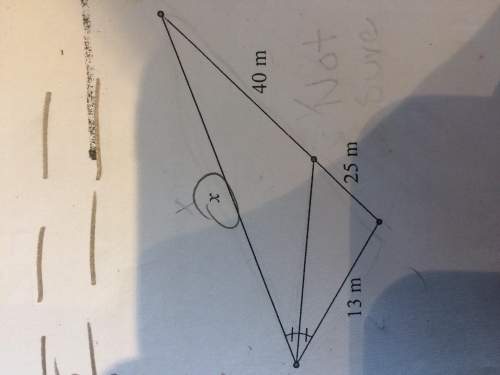
Mathematics, 21.03.2021 02:30 canonmille2
One of the major advantage of the two-condition experiment has to do with interpreting the results of the study. Correct scientific methodology does not often allow an investigator to use previously acquired population data when conducting an experiment. For example, in the illustrative problem involving early speaking in children, we used a population mean value of 13.0 months. How do we really know the mean is 13.0 months? Suppose the figures were collected 3 to 5 years before performing the experiment. How do we know that infants haven’t changed over those years? And what about the conditions under which the population data were collected? Were they the same as in the experiment? Isn’t it possible that the people collecting the population data were not as motivated as the experimenter and, hence, were not as careful in collecting the data? Just how were the data collected? By being on hand at the moment that the child spoke the first word? Quite unlikely. The data probably were collected by asking parents when their children first spoke. How accurate, then, is the population mean?

Answers: 3


Another question on Mathematics

Mathematics, 21.06.2019 14:10
Airline passengers arrive randomly and independently at the passenger-screening facility at a major international airport. the mean arrival rate is 10 passengers per minutes. compute the following probabilities. p(x = 4) p(x > 11)
Answers: 2

Mathematics, 21.06.2019 17:30
1mile equals approximately 1.6 kilometers. which best approximates the number of miles in 6 kilometers?
Answers: 1

Mathematics, 21.06.2019 21:30
Mr. vector door is buying two new cowboy hats all together the hats cost $75.12 the second heart cost twice as much as the first hat what is the price of the more expensive at round to the nearest hundredth
Answers: 1

Mathematics, 21.06.2019 22:30
9.4.34 question to estimate the height of a stone figure, an observer holds a small square up to her eyes and walks backward from the figure. she stops when the bottom of the figure aligns with the bottom edge of the square, and when the top of the figure aligns with the top edge of the square. her eye level is 1.811.81 m from the ground. she is 3.703.70 m from the figure. what is the height of the figure to the nearest hundredth of a meter?
Answers: 1
You know the right answer?
One of the major advantage of the two-condition experiment has to do with interpreting the results o...
Questions


Mathematics, 28.11.2019 00:31


Computers and Technology, 28.11.2019 00:31


Mathematics, 28.11.2019 00:31




Mathematics, 28.11.2019 00:31



Medicine, 28.11.2019 00:31

Social Studies, 28.11.2019 00:31



Biology, 28.11.2019 00:31



Mathematics, 28.11.2019 00:31




